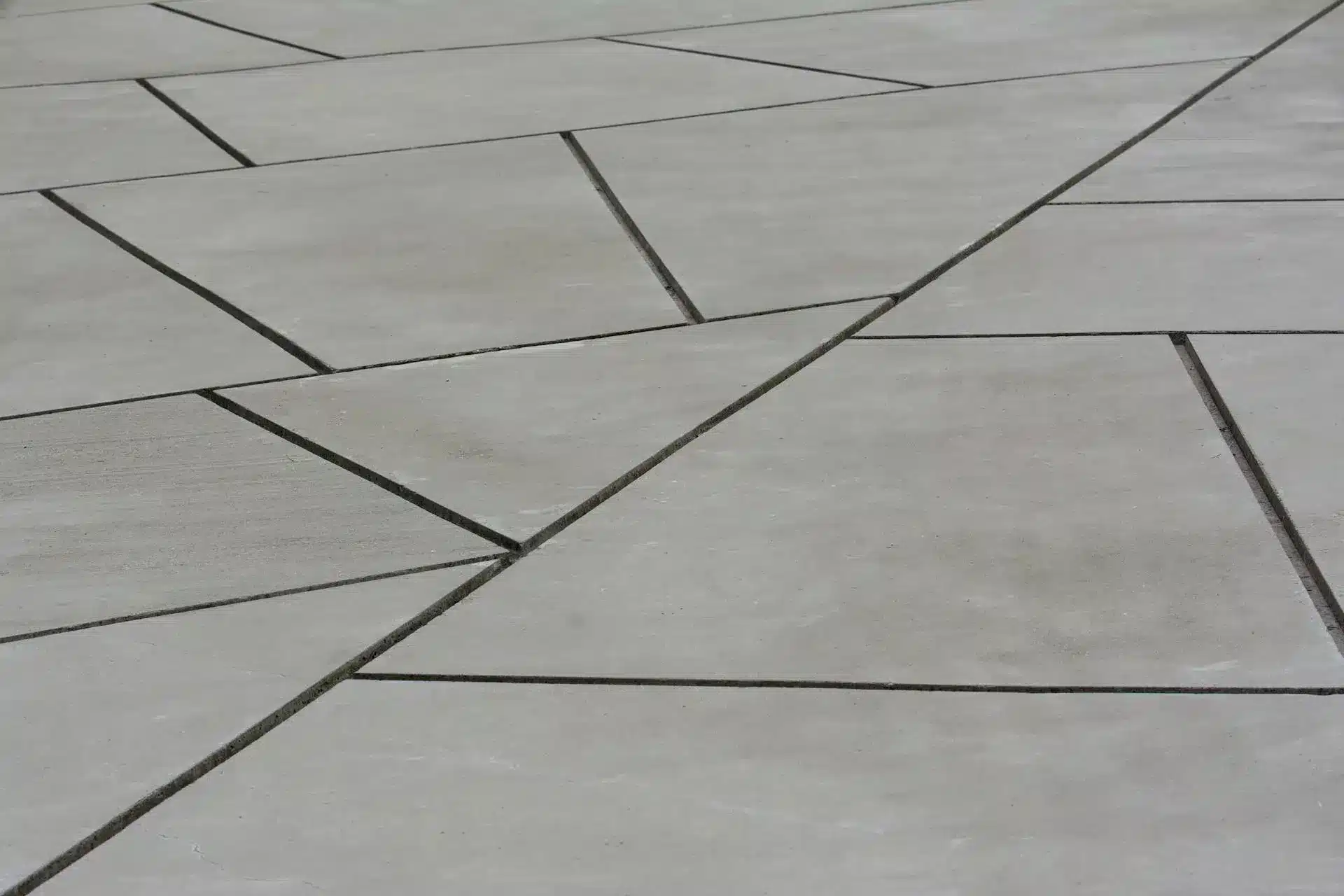Concrete Patio
Concrete patios have become an essential element in modern outdoor design, valued for their durability, low maintenance, and versatility. With over 20 years of experience, Slate Concrete Contractors Seattle transforms outdoor spaces by creating patios that serve as extensions of living areas. Whether defining dining zones, lounging spaces, or areas for outdoor kitchens and fire pits, concrete patios offer a timeless design appeal while meeting various functional needs.
Key Takeaways
- Stamped concrete patios offer a versatile and durable alternative to traditional outdoor surfaces
- Concrete patios can be customized with patterns, textures, and colors to complement home design
- Incorporating features like fire pits or outdoor kitchens enhances patio functionality and appeal
- Professional installation ensures seamless integration with existing landscaping and home improvements
- Proper sealing and maintenance make stamped concrete patios a long-lasting investment for homeowners
Concrete Patio
Concrete patios serve as a robust and low-maintenance foundation for sophisticated outdoor living spaces. Made from a mix of cement, sand, and aggregate, these surfaces are renowned for their durability and resistance to adverse weather conditions. Essential aspects of their installation include proper site preparation, selecting the right cement-to-water ratio, and ensuring adequate drainage and moisture barriers. These factors prevent staining, cracking, and premature deterioration.
DIY enthusiasts should note that precise mixing is crucial; too much water leads to a porous, weaker surface prone to stains and cracks, while additives can control shrinkage and enhance longevity. Additionally, modern reinforcement methods—using rebar and wire mesh—help distribute stress evenly, reducing the risk of large cracks from heavy loads such as furniture or even a hot tub.
In design, concrete patios offer tremendous flexibility. While many prefer a classic, neutral finish, there is increasing interest in adding texture, color, and patterns. Decorative elements, whether inlaid designs or subtle color variations, can transform a plain slab into an outdoor living room that marries modern architecture with artistic expression.
The major advantages of a concrete patio include minimal maintenance costs, ease of cleaning with water and non-abrasive cleaners, and long-term durability when sealed properly against UV rays and stains from tree sap, food, or beverages.
Stamped concrete patio
Stamped concrete patios elevate the basic concrete surface by incorporating decorative patterns, textures, and colors. This technique allows the appearance of brick, stone, or tile to be mimicked without the high cost of traditional materials. The process involves imprinting a patterned design into the fresh concrete and then applying colored stains or sealers to enhance the effect.
Timing during the curing process is critical; the concrete must have the optimal moisture level so that rubber or polymer-based stamps create clear, consistent patterns. Contractors use techniques such as color hardeners and acid stains to add depth and variation, ensuring the final finish is rich in detail and texture. One of the key benefits of stamped concrete is its ability to merge high-end aesthetics with practical durability. It allows homeowners and designers to achieve an upscale look without the complications or expense of individual pavers. Moreover, stamped concrete is cost-effective compared to natural stone, offering similar visual appeal at a lower price.

Backyard stamped concrete patio
A backyard stamped concrete patio combines functionality with artistic expression to create a dynamic and versatile outdoor space. Ideal for homeowners looking to add an interactive area for dining, lounging, or social gatherings, these patios incorporate bespoke design elements that seamlessly integrate with outdoor kitchens, fire pits, and seating arrangements.
The design process starts with careful layout planning. This involves assessing available space, taking accurate measurements, and determining optimal locations for seating, lighting, and landscaping features. Effective drainage is also essential; integrating sloped surfaces or drainage channels ensures water runoff is managed properly, thereby protecting the patio’s integrity.
Once the layout is finalized, attention shifts to the creative aspect. Homeowners can choose stamp styles, color schemes, and finishes that mimic traditional pavers or bricks. For example, subtle swirls of color interwoven with a paver pattern can yield a unique visual effect while remaining harmonious with the home’s overall design. Neutral and earth-tone colors often blend well with natural surroundings, whereas bolder hues can serve as eye-catching accents.
Contractors have a wide range of stamp patterns available, allowing for high design flexibility. Borders, inlays, and contrasting color patches can add variety and break up visual monotony, thereby enhancing the overall appeal. Once installed, proper sealing and routine cleaning maintain the patio’s vibrant look and practical durability over years of use.
